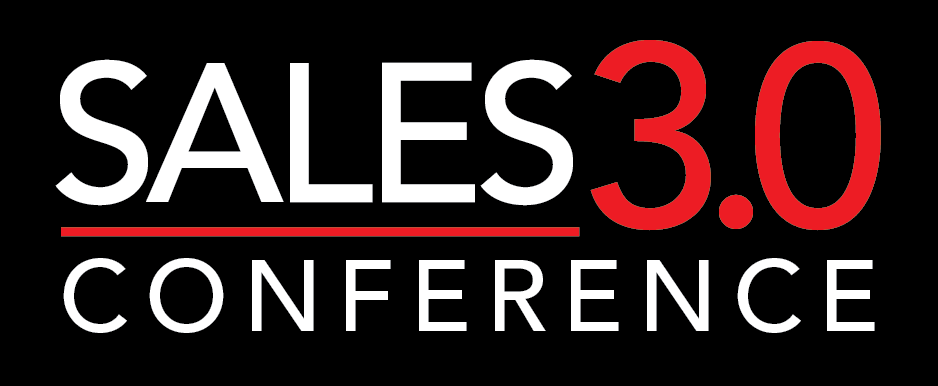Way back in 2017, I wrote an article series titled “Finally, Some Good Fads – Unit Economics and Capital Efficiency.” I was reacting to a quote from Dave Elkington, then-CEO of the company now known as Xant (at the time, InsideSales.com), after his company raised a relatively small round of venture financing. Dave said that investors of venture capital were shifting from “growth at all costs” to caring about “unit economics” and “capital efficiency.”
The Impact of Hiring Tons of Sales Reps
I was wrong. There was no “capital efficiency” fad, or at least not regarding how to produce SaaS revenue. Venture capital kept pouring into companies in 2017, 2018, and 2019 – especially those in the B2B Enterprise SaaS space. And that VC money was used to hire, hire, hire – especially sales reps and, even more so, sales development reps (SDRs). The idea was to pump as many young SDRs into the top of your talent funnel and get a two-for-one benefit: 1) tons of discovery meetings to drive new opportunities and 2) a pipeline of future account executives who know your business and are proven performers.
It sounded simple and did three things well:
- Generated lots of sales activity that could be measured, tested, and tweaked.
- Allowed investors to see where their money was going and for what: sales (and especially SDR) headcount.
- Consumed vast quantities of venture capital – in other words, it “put money to work,” which, in the VC world, is a good thing, because there is often too much money, too few high-potential companies to invest in, and not enough partners to make (and ride herd on) all those investments.
Then, along came COVID-19 in the spring of 2020, bringing uncertainty. With that uncertainty came a sudden interest in capital efficiency – including in sales.
But sales poses a quandary: Cutting costs means reducing team size, and the standard SaaS customer acquisition model is driven by headcount. If you don’t acquire new customers fast enough, churn – made worse in tough economic times – eats away at what you have worked so hard to build: an installed base that generates predictable revenue.
Why You Need to Invest in Sales Conversations
Put starkly, the pandemic offers SaaS companies a choice between two unattractive paths:
- Hunker down and watch your installed customer base erode.
- Keep spending and hope more money is available at the end of your runway.
It turns out there is another way to approach this capital efficiency challenge without giving up your hard-won gains. The key is to focus your resources and effort on having enough effective sales conversations with customers and prospects.
In other words, stop relying on headcount and sales activity to somehow produce results, and pivot from an email-centric to a conversation-focused approach.
Why focus on conversations instead of “sales activity” (which usually means “sending emails”)?
- Every conversation yields fresh information directly from a customer or prospect. You need that information to tune your message and targeting for maximum efficiency and effectiveness in the face of massive change and uncertainty.
- When done right, conversations build trust. Your customers will favor staying with vendors they trust, and your prospects will remain just that – prospects – until they trust enough to buy.
- Conversations are fundamentally efficient where it counts: in quickly qualifying and, more importantly, disqualifying prospects so you can use your precious sales resources on the new customers and renewals that move the needle for you while delivering measurable business value for them.
Six Ways to Pivot to Conversation-Focused Selling
What are the practical steps you can take to pivot to conversation-focused sales?
- When re-sizing your team, keep only competent conversationalists – reps with the listening skills, attitude, and voice to be effective from the first conversation through follow-ups to close. Record all conversations for a week; listen to and score every one; and stack-rank the results.
- Centralize and specialize list management. Your reps can’t be having conversations while they are buried in reports and spreadsheets.
- Stop counting sent emails and other digital outreach as “touches.” Stop counting voicemails and conversations with intermediaries as well. Just count live human conversations with decision makers.
- Record every conversation. Listen to and coach reps based on those recordings – every day. Make sure your managers block their calendars for coaching. No excuses.
- Reverse the order of emails and conversations. Talk and listen first, then send a personalized follow-up email. Your email response rates will soar when every email is sent in the specific context of a conversation – even a short one.
- Invest only in process changes and technologies that directly increase the measured flow rate of targeted conversations. The flow rate of conversations is always your bottleneck, driving more new logos and renewals at lower cost per unit.
And now for a prediction – not about the pandemic, but about your business. If you pivot to a conversation-focused approach in order to meet your investors’ capital efficiency demands, there’s one reason you will never go back: Capital-efficient sales are not just a way to survive tough times; they’re also the foundation for predictably winning in every marketplace – even in the good times that will inevitably show up in the “new normal.”

Chris Beall is CEO of ConnectAndSell. ConnectAndSell’s patented cloud sales acceleration platform has helped more than 1,000 B2B companies, from small startup ventures to Fortune 500 firms. Download ConnectAndSell’s free ebook, How ConnectAndSell Lightning Enables Work From Home for Sales Leaders.




